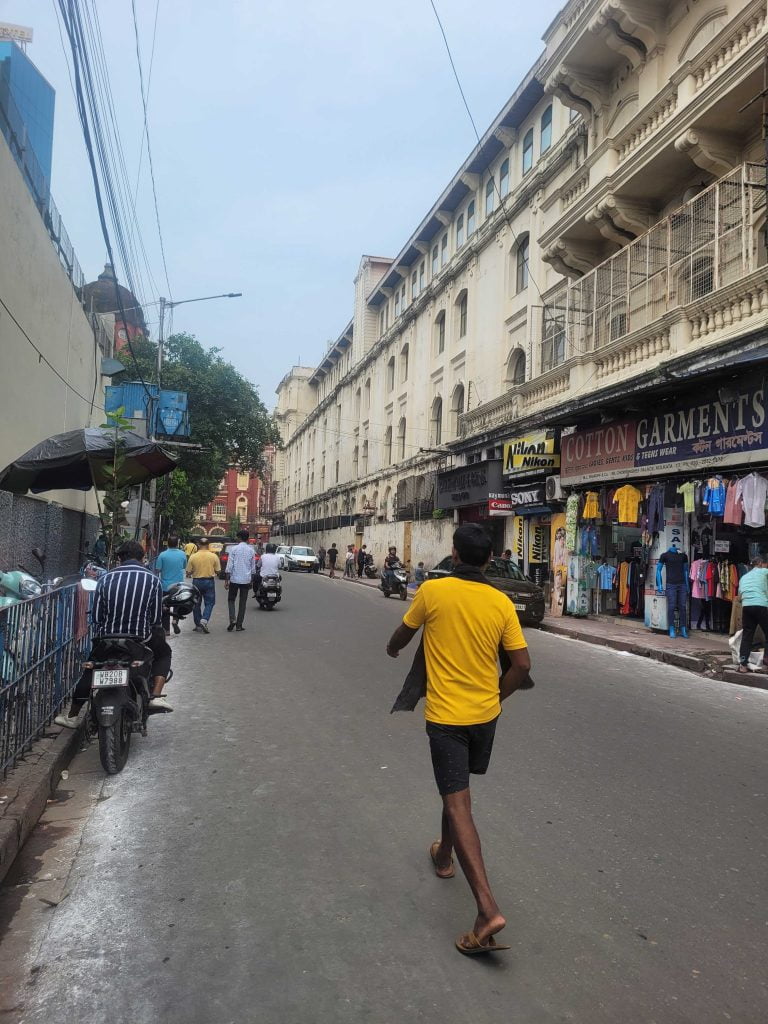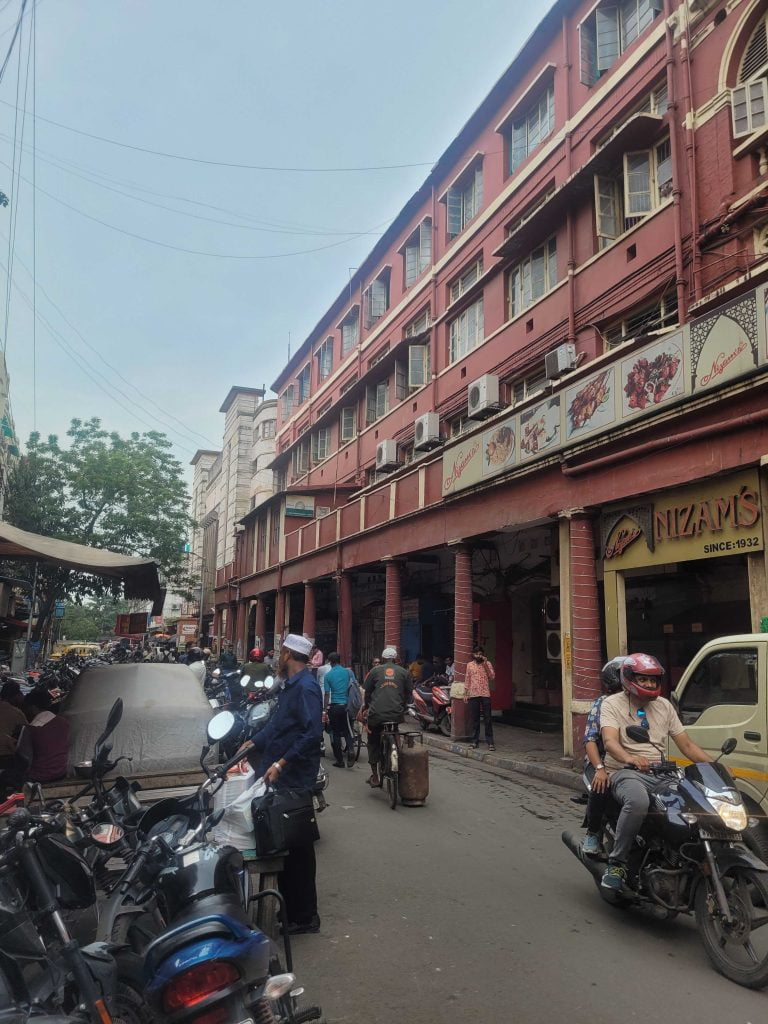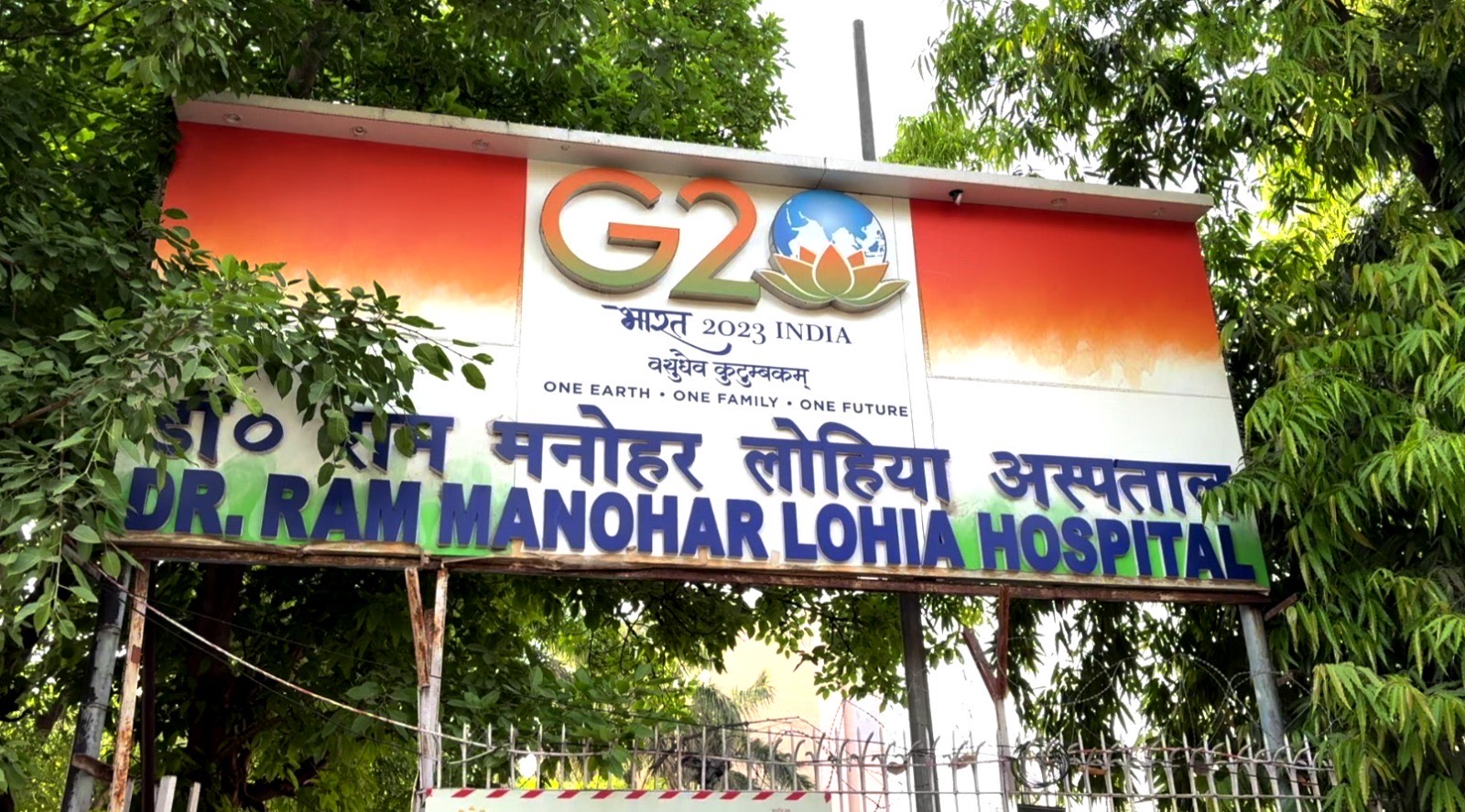On June 28, a meeting was convened by a high power committee which decided to demarcate three zones in the area under the Kolkata Municipal Corporation to restrict and control “illegal” hawking businesses.
As per the KMC, a survey will be conducted to determine a “hawking zone” in Kolkata where vendors can sell their wares systematically. There will also be a temporary “partial hawking zone” and a “no hawking zone” where hawkers will not be allowed to carry out their business. This move by the KMC followed West Bengal CM Mamata Banerjee’s complaint against “illegal encroachments” covering footpaths and roads in Kolkata, which allegedly make movement difficult for pedestrians and vehicles.
At a review meeting held to discuss this issue, Banerjee claimed that the civic bodies and amenities in the state were inept, criticising MLAs, TMC leaders, administrative officers and police personnel for their role in not controlling the issue of hawker encroachment.
Banerjee addressed this issue on a priority basis, setting up a high-power Committee and rolling action into motion. Quoting a popular Bengali proverb, she suggested rigorous punishment for the encroaching “offenders” saying, “Ekta kak ke mere rastay jhuliye dao, aar kono kaak ashbe an.” (Kill a crow and hang it on the street, no crow will dare to come again.)
Following the meeting, the state police and civic administration began an eviction drive across Kolkata and throughout the state. The shops were bulldozed and forcefully closed as hawkers who had been ‘sitting on the roads for more than 20-30 years,’ were evicted. Although Mamta Banerjee has promised to relocate the hawkers, there has been considerable damage done to their business and wares which makes these vendors, hailing from low-income backgrounds and disadvantaged communities, apprehensive about the future.
The eviction of hawkers: what does it mean for the common people?
Speaking to Feminism in India, Kamal, a hawker with a semi-permanent shop in one of Kolkata’s oldest shopping districts, Esplanade, expresses concern about the future of the temporary vendors in the area.

‘Everything was fine for the past 30-40 years. We had all adjusted amongst ourselves, the makeshift hawkers and permanent shops. There are no major traffic or stampede issues barring the main New Market entrance area. The sudden decision by the State government has jeopardised the current livelihoods of several impoverished people for whom this business was their “rozi-roti” their only source of sustenance. But we have faith in the government and we have no choice but to follow the official rules right now,’ says Kamal.
Known for their hustle and bustle, which formed a distinct part of the city life and which people had accepted as a part and parcel of the Kolkata experience, the shopping districts in the city, especially Gariahat and New Market have taken a huge hit business-wise. Not only from a business point of view but also for consumers who could not afford to shop at expensive malls and stores, these shopping districts were where they would find affordable and good quality articles, be it during the festive seasons or for daily shopping.
‘We had grown up going to Esplanade and Gariahaat and shopping from local street vendors. The stuff we bought was durable yet affordable. Most people like us cannot spend their hard earned money at expensive boutiques and shopping malls. For common middle-class people, places like Gariahaat and Esplanade promise good quality for good prices. It allows us to engage in small pleasures,’ says P*, a beautician at a parlour in South Kolkata.
The plight of hawkers: police brutality, losing livelihoods and sudden eviction
On 29th June, a scuffle broke out between permanent shop owners and hawkers in the New Market area, over a disagreement in parking space. As a city-wide eviction drive by the police is being carried on, “illegal” sheds, stalls, and merchandise that had dominated the pedestrian walkways are being demolished and forcefully closed as hawkers are being evicted from the roads. For the past few days, local hawkers bore the brunt of police brutality and state-sanctioned violence.

‘We are not privileged enough to get government jobs. We have been hawking here for at least the past 15-20 years. Now, we are suddenly being evicted and deemed “illegal”. The hawkers are so impoverished, they cannot afford a 10 Rs bus ticket now. We are unable to feed our families. Just to make proper pitch road walkways, our daily livelihood is being suddenly destroyed,’ says Sk Irfan, from the New Market Hawkers’ Union.
‘We hope Didi will do something good for us. We can only hope for a proper, systematic relocation, but now we are in a major crisis.’ Md Alam, representative of the New Market Hawkers’ Union told Feminism in India.
Whose city is it, anyway?
While it is essential to have an organised city with proper area demarcation for the ease of its residents and to beautify it for tourists, it must be remembered that a city does not only belong to the upper echelons of society who can easily afford to visit well-organised shopping centres and spend their disposable income there.

A city, especially one like Kolkata, which is known as one of the most affordable metros in India, needs to be a space where people from all walks of life can live in, earn from and spend their money on the simple pleasures of life. Local markets like Gariahaat and Esplanade in Kolkata provide spaces for the common man to have such experiences. Moreover, it also opens up a source of income for small business owners, who are battling for a foothold in a market of big brand names and multinational companies.
Gentrification at the cost of human livelihood only makes a space inaccessible to the greater society which comprises a diverse population. While the idea behind organising the city is well-intended, the execution could have been a lot smoother and more systematic. Moreover, had there been representation from the hawker unions in the decision-making process, the move could have been a lot more inclusive.
As Indian cities become more and more gentrified, expensive and inaccessible to a large demographic of common people, it is imperative to ask the crucial question: whose city is it, after all?
*Name kept hidden to protect identity
About the author(s)
Ananya Ray has completed her Masters in English from Jadavpur University, Kolkata, India. A published poet, intersectional activist and academic author, she has a keen interest in gender, politics and Postcolonialism.





